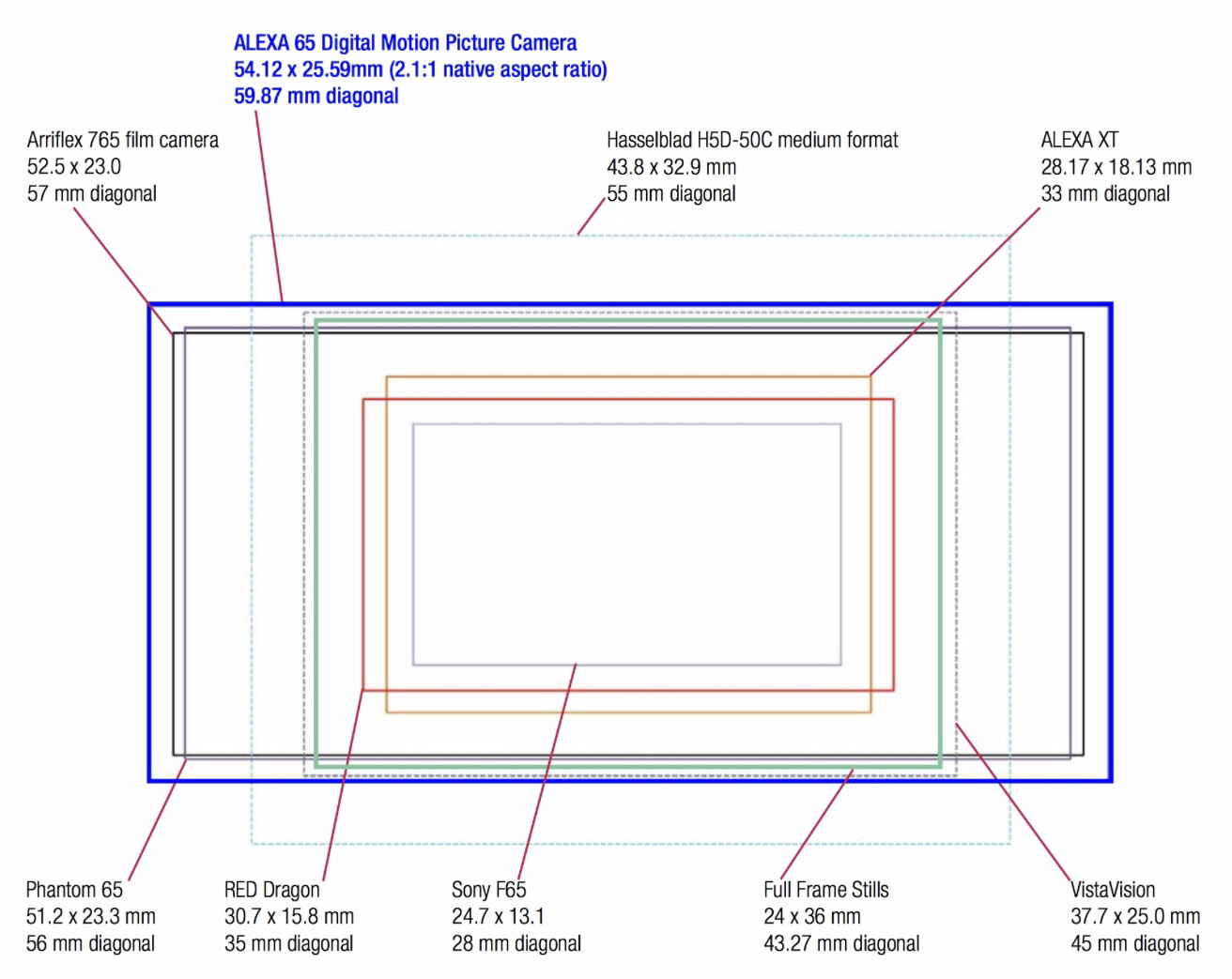Rogue One
No, no spoilers. :-)I watched it on Monday with a good chunk of my team and some of the technical aspects of the cinematography stood out to me. Specifically the thinness of the in-focus areas of the frame.At first I wrote it off to the IMAX 3D showing that I was watching it in. (And I was too close to boot, so it made it a bit harder to really get the full experience) I figured that in the 3D conversion process they did something to monkey with the footage to get a more dramatic effect.But the answer lies deeper.As I was digging deeper into the film I discovered that it was filmed (recorded?) with an Arri ALEXA 65. This get back to the video I posted last week about sensor size. It turns out the ALEXA 65 has a 65mm (shocking, I know) sensor which is far, far larger than the standard Super 35 that most feature films are shot with. As I saw showing in the video, the larger the format, the thinner the depth of field. This is compounded by the fact that you have to use longer lenses to get the same field of view, which further makes for less things in focus as well.How much does an ALEXA 65 cost? No freaking clue. You can't buy one. You can only rent one from Arri. I can't find any authorative sources, buy I'm going to guess it's around $2000-5000/day for the camera, and lenses would run perhaps $500-$2000/day.Oh, and it shoots 1TB of video in around 22 minutes. How's that for a processing workloads in post? Holy crap.
As I saw showing in the video, the larger the format, the thinner the depth of field. This is compounded by the fact that you have to use longer lenses to get the same field of view, which further makes for less things in focus as well.How much does an ALEXA 65 cost? No freaking clue. You can't buy one. You can only rent one from Arri. I can't find any authorative sources, buy I'm going to guess it's around $2000-5000/day for the camera, and lenses would run perhaps $500-$2000/day.Oh, and it shoots 1TB of video in around 22 minutes. How's that for a processing workloads in post? Holy crap.
